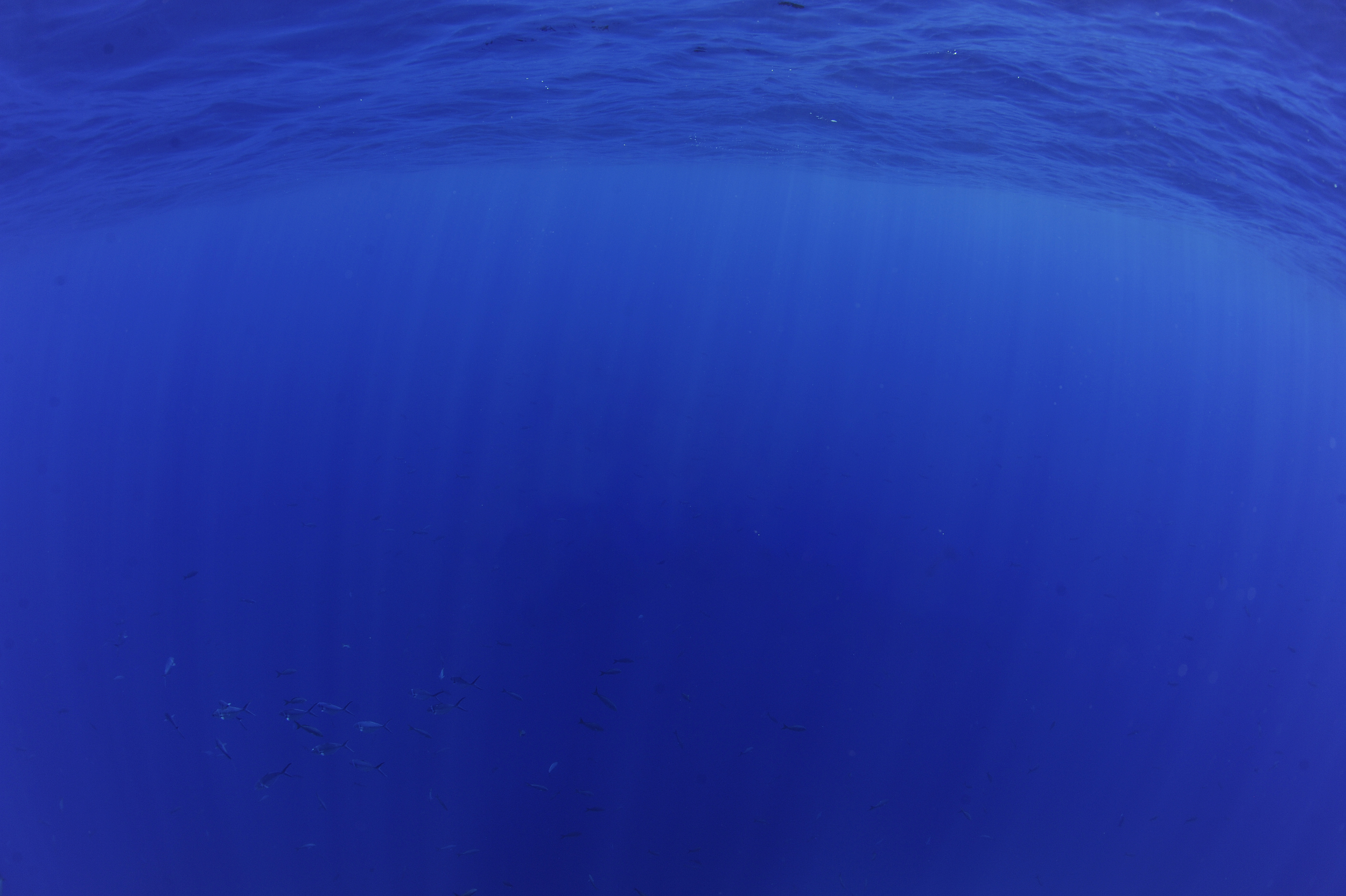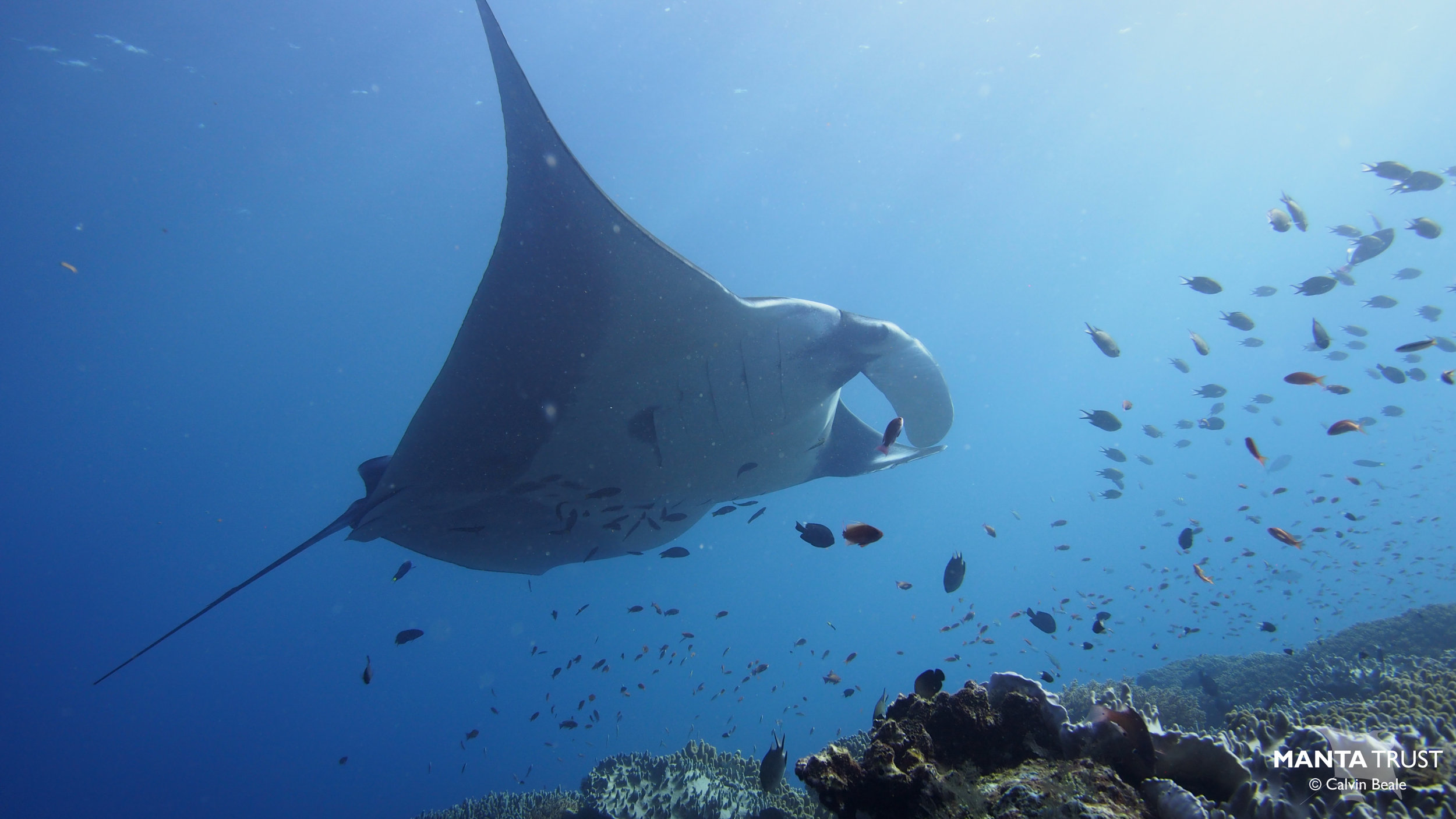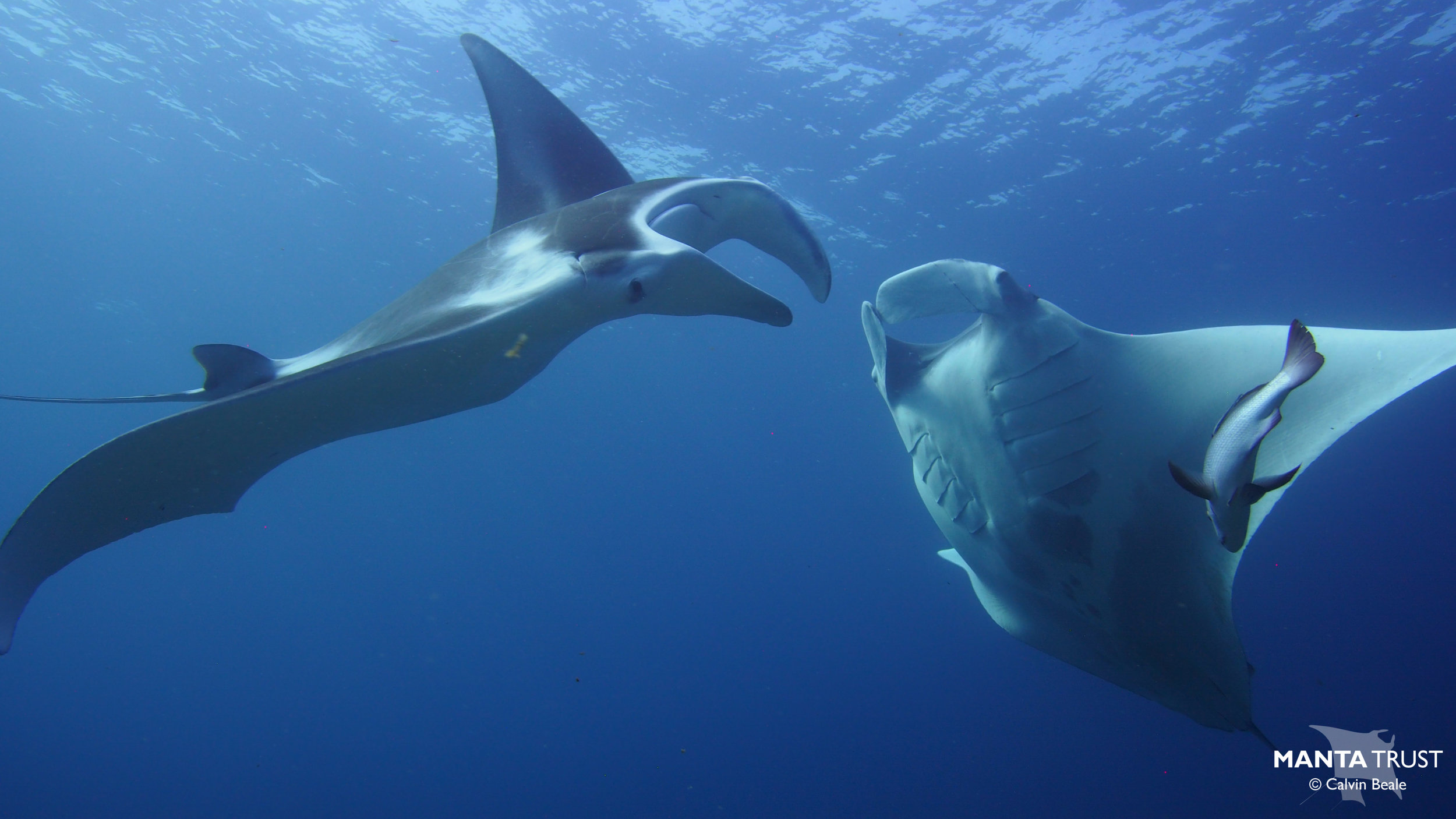
PROJECT OVERVIEW
Photo © Calvin Beale
Manta rays are found throughout Indonesia in areas of upwelling nutrient-rich water. Both species of manta; Reef and Oceanic (Mobula alfredi & Mobula birostris) are found in Indonesia however they are rarely seen together.
In Eastern Indonesia lies the area known as Raja Ampat, this hotspot of diversity is one of the only places in the world where both species are resident. Raja Ampat and the Birds Head Seascape, found to the west of Papua mainland is a biological hotspot where deep water upwellings bring nutrient rich, plankton filled water up to the surface. This provides a food source worthy of finding both species of manta in one location. In Raja Ampat there are multiple sites where divers and snorkelers alike can watch oceanic and reef mantas clean and interact together, thus is it of great importance to protect this area from unsustainable fishing practices.
Manta and devil rays are targeted for their gill plates, they are dried and sold as traditional Chinese medicines. In other locations in Indonesia, manta rays have become locally extinct due to fisheries pressure. The Raja Ampat Manta Project is working with you - citizen scientists to collect photo-ID’s and manages a population database of over 750 oceanic manta rays. The data from these sightings has been used to legislate against fishing manta rays in Indonesia and helped create a nationwide fishing ban in 2014. We continue to work on predicting manta ray movements, specifically under the threats of global climate change and how to best protect these majestic animals in the future.
PROJECT GOALs
To prevent the loss of manta ray populations in Indonesia through continued monitoring and focused research into the factors that affect movement and diving behaviours. Ultimately then reducing fishing impact on these populations with legislation protecting them from further fisheries impact.
Main Objectives
To achieve this goal, the Raja Ampat Manta Project works to meet the following objectives:
(1) Continue to capture sighting records of individual manta rays and monitor long-term changes in population abundance, especially in relation to climate phenomena;
(2) Investigate factors driving the movement of individuals within the population and diving / feeding behaviour and use this knowledge to predict future movement patterns;
(3) Identify threats to the population from illegal direct fisheries or bycatch in other fisheries and work with local law enforcement to better protect the species throughout their range, ensuring the development of effective management strategies;
(4) Raise awareness of the threats to manta rays, educate the public about the impacts of their actions on marine species and the threats global climate change are having on marine megafauna.

Project Leader - CALVIN BEALE
Calvin is an English marine biologist and PADI instructor who fell in love with Indonesia during a summer work trip while at university. Upon graduating he moved to Indonesia to follow the fish and began managing conservation-based dive resorts in the archipelago.
He founded the Manta Project while working in Komodo in 2010 and began working in Raja Ampat the following year. Having managed dive resorts throughout Indonesia, it was quickly clear how unique and biodiverse the area was, but it wasn’t until he first dived with both oceanic and reef mantas at the same time that he really realised the beauty of the area. It was clear that greater protection was needed to prevent any further fisheries encroachment.
Having witnessed first-hand the targeted mobulid fisheries in Indonesia, it became his mission to discover more about the two manta species and how to protect them. He soon became the first person to use acoustic and satellite telemetry to monitor movement patterns of individuals and through this research provided the government ministries of Indonesia the data needed to push forward legislation protecting manta rays at a national level in the entire archipelago.

Key Achievements
Recorded over 750 individual oceanic manta rays in the Birds Head Seascape
The first use of acoustic and satellite tags in Indonesia to monitor movement of individuals over time
The creation of a nationwide fishing ban on manta rays in Indonesia
The creation of the Raja Ampat Shark and Manta Sanctuary
Photos from the field
In the Media





















